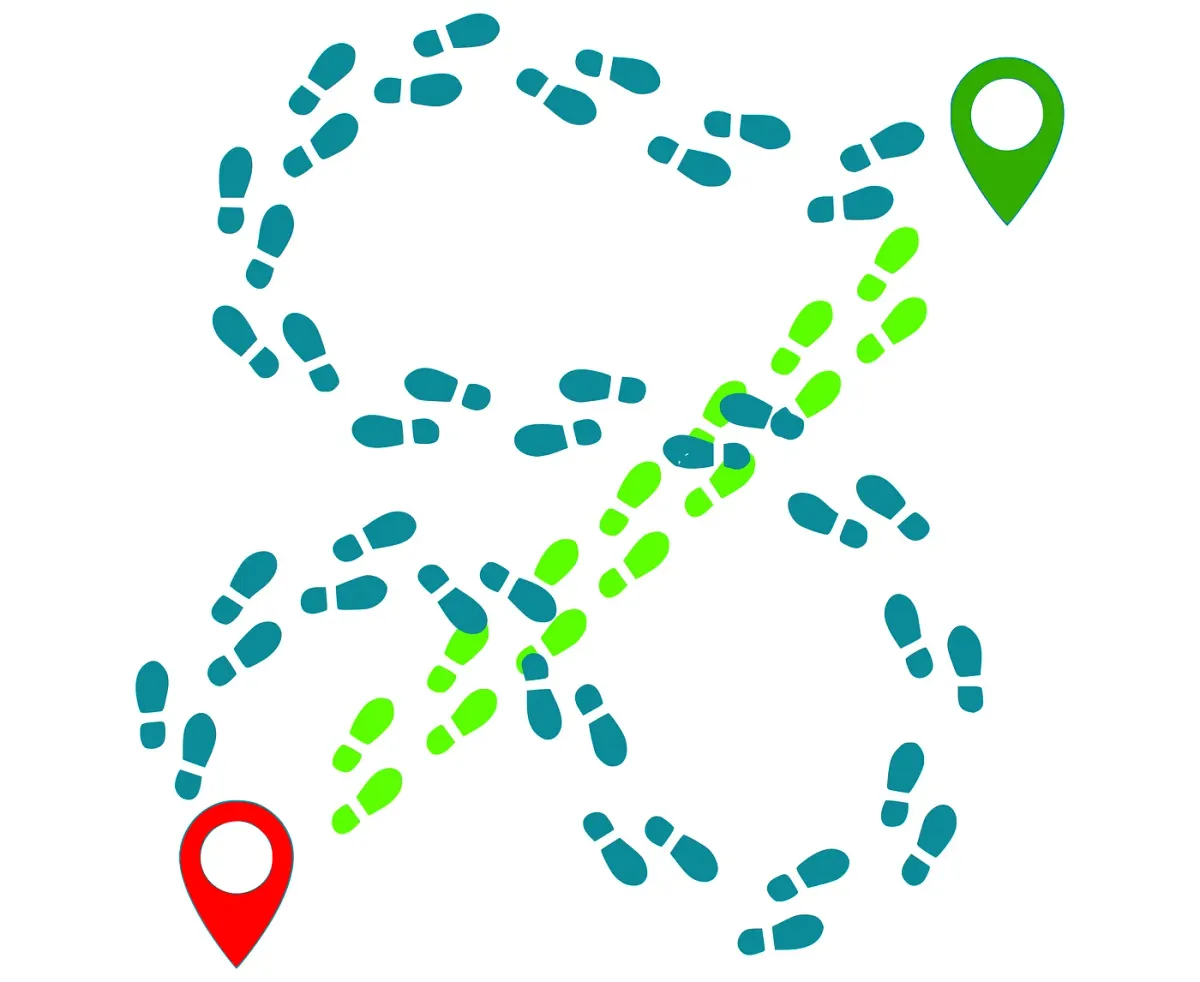Heron’s Shortest Path Problem
Which path minimizes the distance needed to get water and then transport it to the green village?

Imagine being alive in the ancient world where physical works like carrying logs from the forest, lifting heavy blocks, or bringing water from the river decide between life-or-death. Who would thought nowadays that an apartment might lack a water supply? Such a fact would be a reason to sue the developer. But. head back to “your new old home.”
You are a citizen of the red village, and you were asked by your family from another settlement, which is on the same side of the straight river as yours, to get and bring them water. However, your duties have already overwhelmed you, so you need optimization to get everything done.
You start by optimizing the path you would have to travel to provide water to your family directly from your village, thus between two points. Without much difficulty, you identify it as a straight line.

Nevertheless, the puzzle you face involves three, not two points. Yet, because you have found the two points solution, you feel that the three points problem includes two lines, from your village to the river, and from the river to the second village. The only question is where along the river fill the bucket with water.
Many (if not all) solutions to optimization problems require symmetry. It is no exception to the rule.
Heron had realized that if the river is a mirror, then the shortest distance connecting the mirrored red village with the destination hamlet is given by a straight line. He concluded that its intersection with the river indicates the desired point.

Why?
Because of symmetry, which immediately tells the distance from the first village to the water filling point matches its mirrored counterpart.

Thus,

Additionally, if you have sharp eyes and know the vertical angles theorem, you can identify the BCD angle in the above picture as α (likewise the two other.)

Undoubtedly and as it always does, the geometrical approach gave a beautiful insight into the problem.
Of course, it has an algebraical/calculus solution as well, which is congruent with the geometrical approach. After all, the problem is the same for all, just its form change, making some things easier to notice with one than with other methods.
How?
Construct function, L(x)=|AC|+|CB|, using the Pythagorean theorem (the variable and constants are taken from the picture.) Calculate its derivative, check when equals zero, and that is it.

Additionally, the derivative tells that both sides of the equation describe triangles. Each has a hypotenuse in the denominator and one of the remaining sides in the numerator. It is nothing but trigonometric triangle identities. It proves that the angle BCD is equal to α and that corresponding angles in both triangles are congruent.
Which of these approaches is better?
Both provide solutions in different ways. Algebra has settled rules what make it easier to use but gives less insight than unsettled geometry. Geometry gives much more fun, at least for me, but is much more complicated. In the end, our world is geometrical, not algebraical what implies that understanding the universe should required geometry, not algebra. Algebra is for us, not for the universe. Algebra might lead us in the right direction; whereby, geometry does it for sure. But where two people, there three opinions.





